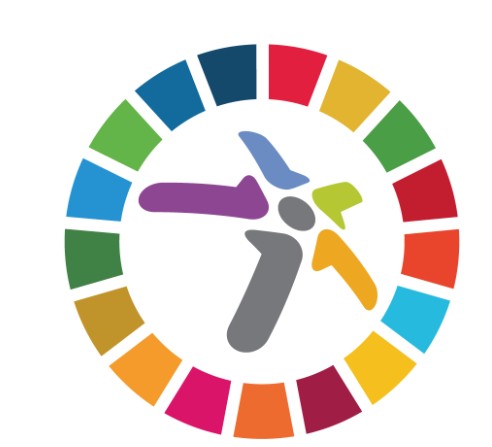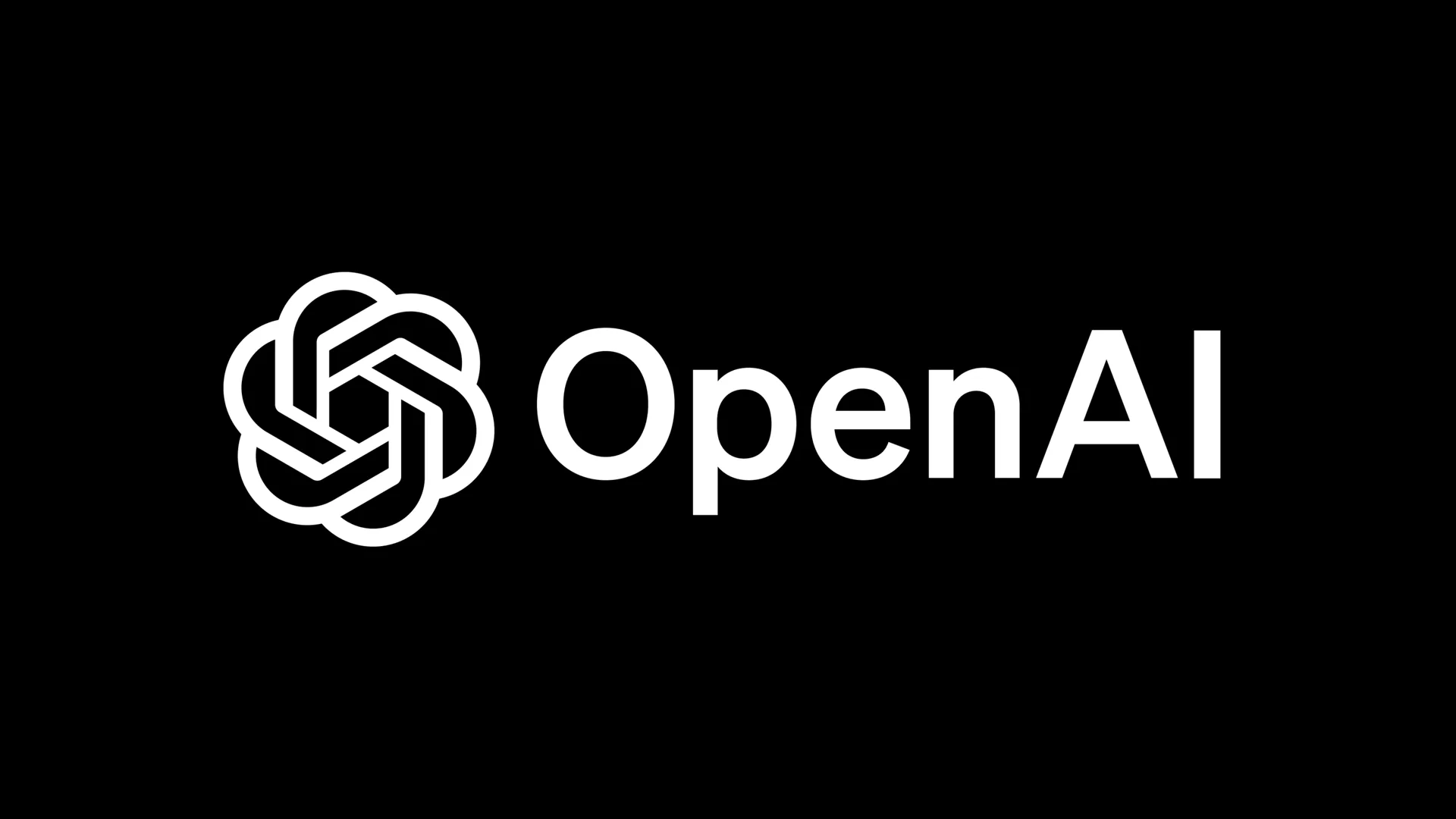Artificial intelligence agents, autonomous systems that perform tasks or assist decision-making, are increasingly part of digital transformation discussions, but their value depends on solving actual business problems rather than adopting technology for its own sake.
SAP’s AppHaus Joule Agent Discovery and Design workshops provide a structured, human-centred approach to help organisations discover where agentic AI can deliver real impact and design agents that collaborate effectively with humans.
The Discovery workshop focuses on identifying challenges and inefficiencies where automation can add value, guiding participants to select high-priority use cases that suit agentic solutions.
The Design workshop then brings users and business experts together to define each AI agent’s role, responsibilities and required skills. By the end of these sessions, participants have detailed plans defining tasks, workflows and instructions that can be translated into actual AI agent implementations.
SAP also supports these formats with self-paced learning courses and toolkits to help anyone run the workshops confidently, emphasising practical human–AI partnerships rather than technology hype.
Would you like to learn more about AI, tech and digital diplomacy? If so, ask our Diplo chatbot!












